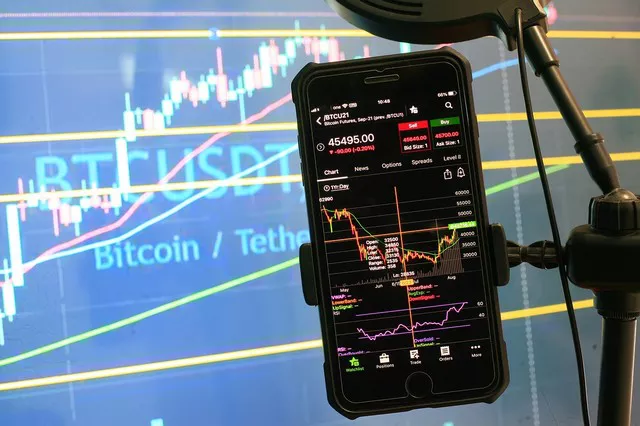In the vast landscape of financial markets, futures play a pivotal role in providing traders and investors with opportunities to hedge risks, speculate on price movements, and manage their portfolios effectively. Among the diverse array of futures contracts available, FX futures stand out as essential instruments for participants in the foreign exchange market. One crucial concept within FX futures trading is the “futures spread,” which plays a significant role in shaping trading strategies and market dynamics.
Introduction to FX Futures
FX futures, also known as currency futures, are standardized contracts traded on regulated exchanges that allow market participants to buy or sell a specified amount of a currency pair at a predetermined price and date in the future. These contracts facilitate hedging against currency risk, speculation on currency movements, and arbitrage opportunities. The most commonly traded currency futures include pairs like EUR/USD, GBP/USD, and USD/JPY, among others.
Understanding Futures Spread
The futures spread refers to the price difference between two related futures contracts. In the context of FX futures, the spread typically involves contracts with different delivery dates but the same underlying currency pair. Traders and analysts closely monitor these spreads as they provide valuable insights into market sentiment, supply and demand dynamics, and potential arbitrage opportunities.
Factors Influencing FX Futures Spread
Several factors contribute to the formation and fluctuation of FX futures spreads. Firstly, interest rate differentials between the two currencies in the pair play a crucial role. Higher interest rates in one country compared to another may lead to a wider futures spread as traders demand a premium for holding contracts with longer maturity dates.
See Also: How much is a tick in ether futures?
The Role of Market Sentiment
Market sentiment also significantly influences FX futures spreads. Bullish or bearish outlooks on a particular currency pair can lead to shifts in demand for futures contracts, affecting their prices and consequently widening or narrowing spreads. Traders often use sentiment analysis techniques to gauge market sentiment and anticipate potential changes in futures spreads.
Impact of Economic Indicators
Economic indicators such as inflation rates, GDP growth, and unemployment figures can impact FX futures spreads by shaping expectations about future interest rate movements and overall economic health. For instance, positive economic data may lead traders to anticipate tighter monetary policy, resulting in wider spreads for contracts with longer maturity dates.
Arbitrage Opportunities
FX futures spreads can also present arbitrage opportunities for astute traders. Arbitrageurs seek to profit from price discrepancies between related instruments by simultaneously buying and selling contracts to exploit temporary mispricings. By capitalizing on futures spreads, arbitrageurs contribute to the efficiency of the market and help narrow price differentials over time.
Volatility and Liquidity
Volatility and liquidity are essential considerations when analyzing FX futures spreads. Higher volatility often leads to wider spreads as market participants demand higher premiums for bearing increased risk. Similarly, low liquidity can exacerbate spread widening, making it more challenging for traders to execute large orders without significantly impacting prices.
Role of Central Banks
Central bank policies and interventions can also influence FX futures spreads. Central banks often engage in monetary policy actions such as interest rate changes or foreign exchange interventions to achieve specific economic objectives. These actions can impact currency values and interest rate differentials, thereby affecting the dynamics of FX futures spreads.
Trading Strategies Utilizing FX Futures Spread
Various trading strategies revolve around exploiting FX futures spreads. One common approach is spread trading, where traders simultaneously buy and sell related futures contracts to profit from changes in their price differentials. Spread traders may employ fundamental analysis, technical analysis, or a combination of both to identify opportunities and manage risk effectively.
Risk Management Considerations
While FX futures spreads offer potential profit opportunities, they also carry inherent risks that traders must manage effectively. Market volatility, unexpected economic events, and liquidity constraints can all impact spread trading strategies. Implementing robust risk management practices, including position sizing, stop-loss orders, and diversification, is essential for mitigating these risks and preserving capital.
Conclusion
In conclusion, FX futures spreads play a crucial role in shaping trading strategies and market dynamics within the foreign exchange market. Understanding the factors influencing futures spreads, such as interest rate differentials, market sentiment, and economic indicators, is essential for traders seeking to capitalize on profit opportunities while managing risk effectively. By incorporating spread analysis into their trading arsenal and employing sound risk management practices, traders can navigate the complexities of FX futures trading with confidence and precision.


